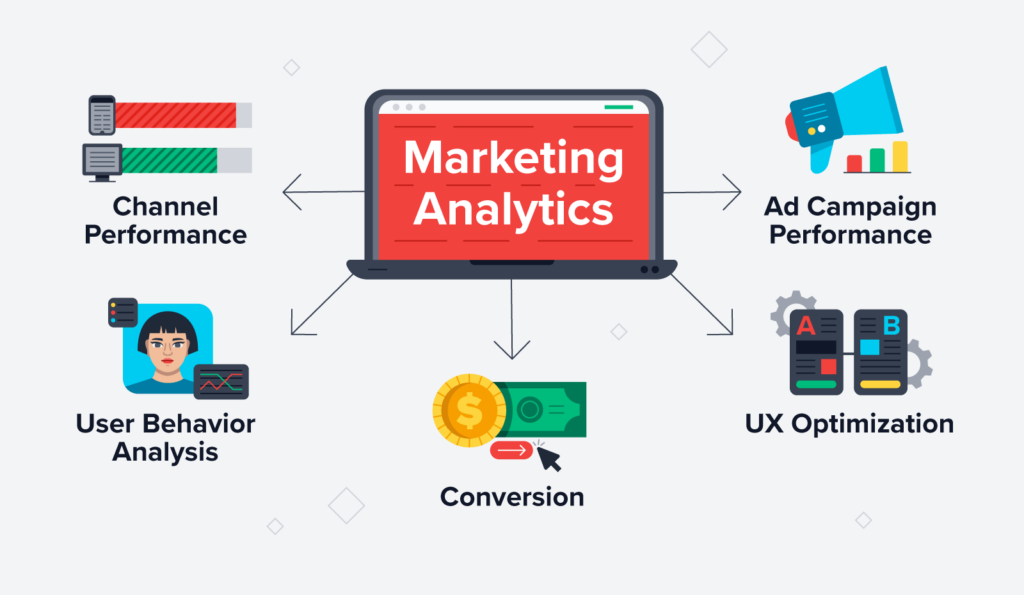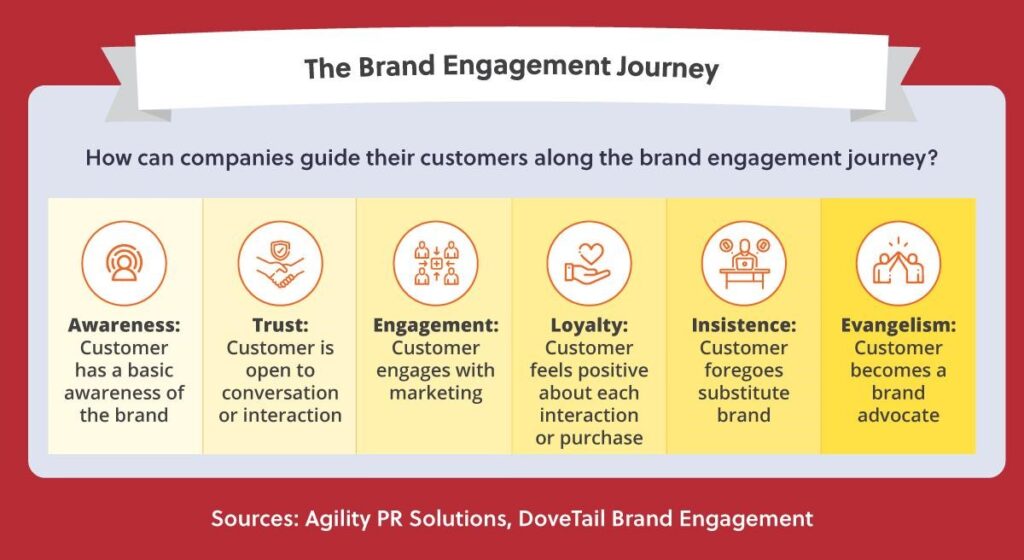If you’re looking for a secret formula to edge out your competition and dominate the industry, you’ve come to the right place. While your success involves a number of factors, marketing analytics, and insights give you a head start on the path to industry greatness.
Don’t worry if you don’t consider yourself data-savvy. Our guide will take you through what marketing analytics is and how to use it to improve your manufacturing marketing campaigns and results.
Key Takeaways:
- A manufacturing company will thrive or falter by how accurately and consistently it interprets and tracks its data.
- Marketing analytics is the key to improving campaign and resource effectiveness.
- Without knowing and executing analytic possibilities, your business loses out on profit and revenue opportunities.
With good data, you can avoid the stress and costly mistakes of lagging behind the industry or missing the mark on supply and demand trends. Marketing analytics separates the modern manufacturer from the rest of the pack.
What You Should Know About Defining Marketing Analytics and Insights
Marketing analytics isn’t just another digital marketing buzzword used by trendy modern companies. In fact, it’s not a new concept for those who understand marketing strategies; it’s simply an upgrade to traditional program approaches.
Marketing programs have always had expectations for results, but in times past, accurately measuring those results was a challenge. Remember the days of notepads, paper files, and spreadsheets? Modern approaches to marketing performance rely on in-depth, digitally measured data.
Marketing analytics and insight is the practice of gathering information that measures the performance of your marketing efforts and using it to evaluate your success or progress. Sounds simple, right?

How the Details Make the Difference in Marketing Analytics
A simple evaluation of your marketing efforts isn’t enough to claim a position at the top of the industry. There is so much more than just seeing how many sales calls came in after an email blitz or working to align the financials for the marketing budget.
The more data you gather, the better your insights into marketing performance and its business impact. You’ll discover key things like:
- Customer behaviors
- Seasonal purchasing trends
- Campaign strengths and weaknesses
- Preferred medium of customer contact
This data and more gives you an idea of the future health of your company. Meaning consumer perception, experience, and response to your marketing efforts translate into either increased sales or lost revenue.
A new age of information is coming, and your marketing strategy needs to take advantage of the benefits of marketing analytics and insight.
Which 8 Marketing Insights Your Manufacturing Business Should Pay Attention To
Embrace reality and understand you won’t be an expert in marketing analytics after reading a few paragraphs. What you will have is a foundation in the most important manufacturing marketing performance metrics your company should put in place.
1. Customer Lifetime Value
Look at the total amount of revenue brought by a customer’s total purchases. You create a healthy revenue stream by reselling to loyal customers. Checking for common characteristics among loyal customers can direct your focus on future campaigns.
2. Cost Per Sale
Study the average amount of marketing money spent per sale. This gives you a big-picture idea as a starting point, but you need more data to narrow down sale-specific information according to customer type or types of campaigns or channels.
Source: The Business Professor on YouTube
3. Cost Per Lead
Analyze the average cost of marketing for each lead acquired. For marketing analytics and insight, this is another big-picture metric. You need to look deeper to see which leads have the best impact on your return on investment.
4. Sales Cycle Length
Track the timetable for bringing a prospect through the sales pipeline to the point of conversion. You can check this against your customer lifetime value and get an idea of how long to nurture leads that result in a loyal customer.
5. Sales-Qualified Leads
Check the percentage of the leads coming through the pipeline that matches your target buyer profile. You obviously want to have 100% of leads being sales-qualified, but don’t abandon your efforts if the number is low. It tells you how to re-work your campaigns and the types of leads to focus on.
Your marketing and sales teams need to work hand in hand to get a steady rhythm of sales-qualified leads coming down the pipeline.
6. Type and Number of Touch Points
You’ll want to measure both how often your prospects interact with your marketing content and which content they interact with. You can figure out how to develop your campaigns or funnel leads more effectively with this data.
Don’t stress out about the number itself. There isn’t always a right or wrong with touch points; the data simply tells you how to spend your resources more effectively to achieve brand engagement.

7. Long Tail Keywords
Online marketing success is all about SEO. This means you need to pay close attention to how your company performs with long tail keywords for your specific products.
Long tail keywords are the phrases that potential buyers use to search for information. These are usually very specific, and ranking high in the results leads consumers to believe that you’re an expert or industry leader.
8. Referrals
Word-of-mouth might seem old school, but it’s still one of the most important ways you can build your client base. Customer referrals add to your credibility and indicate that working with you is a positive experience.
For marketing analytics and insight, this is a key metric. First, you don’t have to spend any marketing money on it. Second, referrals have a higher likelihood of lead conversion because of the sense of trust developed by the referring customer’s experience.
Where You Can Get the Most Out of Marketing Analytics and Insight
Without knowing how your marketing efforts are making an impact, you are throwing money out the window. Your marketing dollars aren’t effective if you can’t track your return on investment. Each piece of data that you can harness and evaluate impacts your bottom line.
If it seems like there is a lot to know, there is. The good news is that you don’t need to struggle to figure out marketing analytics and insight on your own. Shanahan Strategy has the expertise you need to stand out in the manufacturing industry. Contact our team to find out more about a marketing plan tailored to your business.

